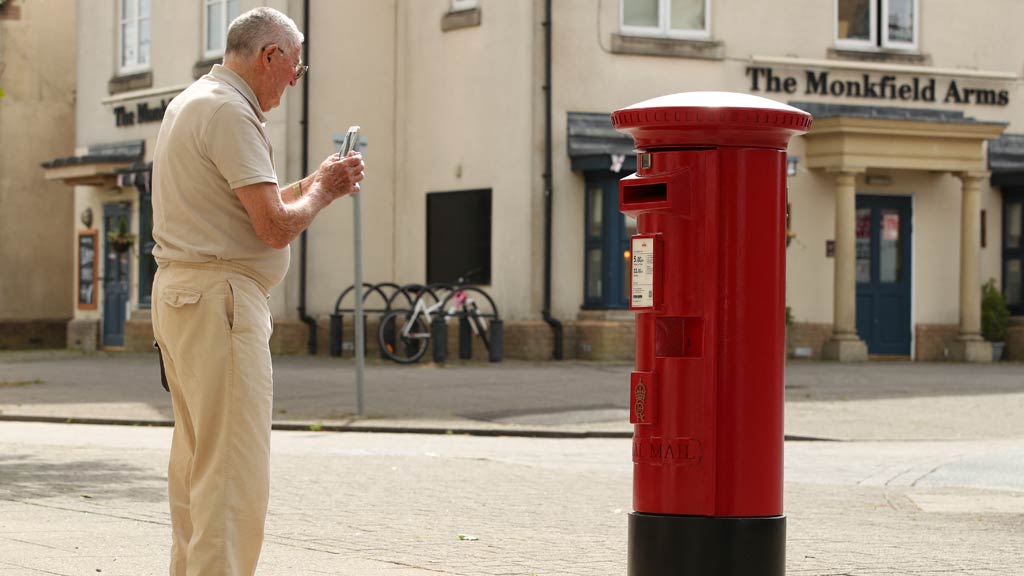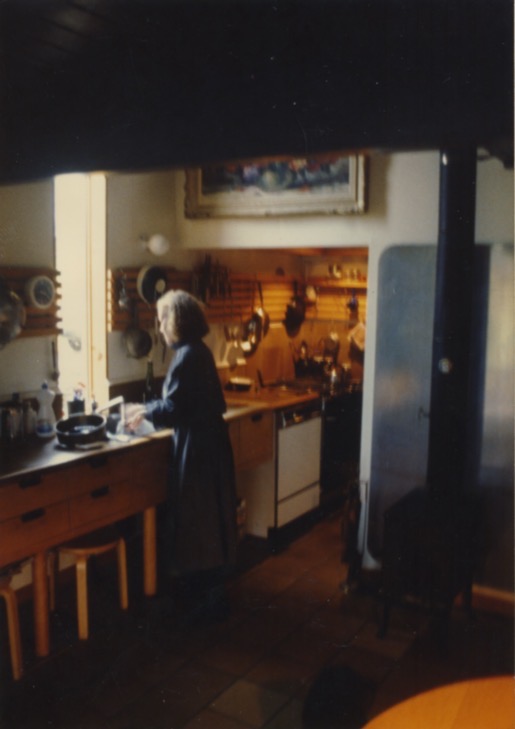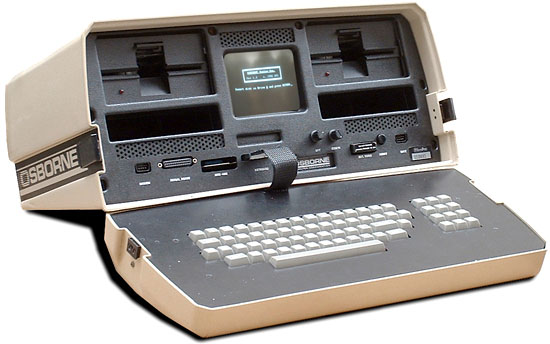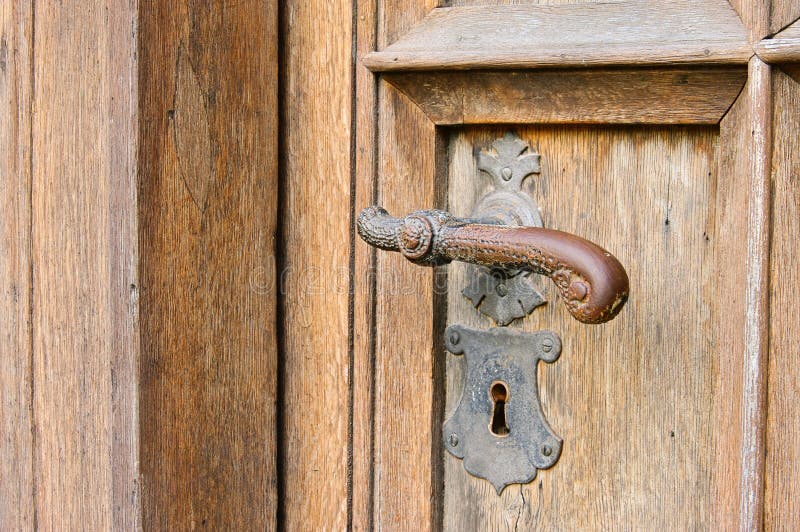THE PILLAR BOX
I dislike e-cards for Christmas. They are impersonal and seem to say “we couldn’t be bothered.” I still send cards, sometimes handmade, but there is one part of that that always disappoints: dropping them in the mailbox. The USPS mailbox at the corner is a dismal affair, a cheap, ugly metal receptacle that reminds me of a trash can and always makes me feel as if I’m throwing my letters away. I grew up in England, and I still remember the pillar box, made of sturdy cast-iron, embossed with G VI R and a royal crown, and painted bright red.







